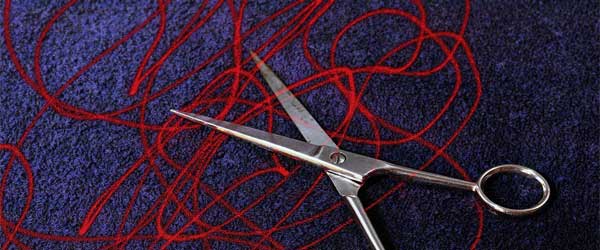How to Prevent False Results in Colony PCR
Colony PCR saves time and reduces costs by eliminating the need for plasmid purification. However, confounding results abound — but only if you fail to anticipate them. This article outlines the major perpetrators of false results and how to prevent them. For a more general overview of the method, see here.
There are two main ways to prevent false results in Colony PCR: good primer design and good technique. We’ll discuss both below.
Good Primer Design for Colony PCR
All primers designed for colony PCR fall into two categories:
- Insert-specific primers
- Backbone-specific primers
Because many cloning projects begin by PCR amplifying an “insert”, many recommend using these same primers for colony PCR. However, most convenient does not equate to best in this case. This is because the ligation reaction components contaminate your bacterial transformations and your agar plates upon plating. Dead cells present on your plates may also harbor plasmids with or without the insert. This is a major source of false positives when using insert-specific primers only1.
And then there are also cloning projects for which the insert is not PCR amplified. For example, inserts can be made by annealing synthetic oligonucleotides (as is the case in many CRISPR/Cas9 guide RNA cloning strategies). What primers do you use then?
In most cases, using an insert-specific primer (Primer A) coupled with two backbone-specific primers (Primers B and C) will yield the best outcome for a couple reasons (see Figure 1):
- It allows you to confirm insert orientation, and incorporating two backbone-specific primers means you will get a band regardless of orientation.
- It prevents false positives from contaminating ligation reaction components.
In short, I recommend designing your backbone-specific colony PCR primers at the same time you design the primers you use to amplify your insert. Just make sure your backbone-specific primers (Primers B and C) are roughly compatible with one of your insert primers (i.e., similar Tm). This works with annealed synthetic oligonucleotides as well – just use either oligonucleotide as Primer A.
You can avoid designing a bunch of backbone primers by designing two or three “universal” primers that target conserved regions among your backbone vectors. The most obvious region is an antibiotic resistance cassette, but promoters and other common features can also work. This means that you can use these for subsequent experiments, saving time, energy, and money.
After all, the entire point of colony PCR is exactly that — to save time, energy, and money.
Good Technique for Colony PCR
False negatives largely occur when you contaminate your PCR reactions with PCR inhibitors. These include, but are not limited to, agar from bacterial plates, high concentrations of DNA / bacterial debris, or incidental contamination of PCR solutions with the original backbone vector. Insufficient DNA or suboptimal thermocycling programs can also produce false negatives, but at lower rates than contamination.
Thus, the best way to reduce false negatives is with good technique.
Take the following steps to reduce false negatives:
- Carefully pick your colonies. Endeavor to touch only the bacterial colony alone and not the surrounding agar. Dilute your colonies in water or briefly dip them in your PCR reactions. Diluting colonies in water aids troubleshooting down the line and also allows you to make serial dilutions if need be.
- Use sterile pipette tips to pick colonies. Wood toothpicks should be avoided because they are associated with PCR inhibitors2 and also can wick PCR reaction solutions3. Because sterile pipettes can also “wick” solutions (by capillary action) when dipping colonies in PCR reactions, I recommend diluting colonies in water first as mentioned above.
- Avoid adding too much bacteria to your reactions. High concentrations of bacterial debris can inhibit PCR. Diluting colonies in water comes with the added benefit of diluting any PCR inhibitors that may be present in your picked colony. Dilute each colony in 20-50 ul of sterile, nuclease-free water.
- Clean up your act to rule out PCR contamination.
This point warrants repeating – if colony PCR doesn’t save you time and money, then you are likely doing something wrong. A little forethought goes a long way.
For more troubleshooting tips see here. Need your result even faster? Read here and here for tips on faster, cooler DNA gels.
References
- Dallas-Yang Q, Jiang G, and Sladek FM. Avoiding false positives in colony PCR Biotechniques. 1995 Feb;18(2):225-6.
- 2. Lee AB, Cooper TA. Improved direct PCR screen for bacterial colonies: wooden toothpicks inhibit PCR amplification. Biotechniques. 1995 Feb;18(2):225-6.
- 3. Azevedo F, Pereira H, and Johansson B. Colony PCR. Methods Mol Biol. 2017;1620:129-139. doi: 10.1007/978-1-4939-7060-5_8.








